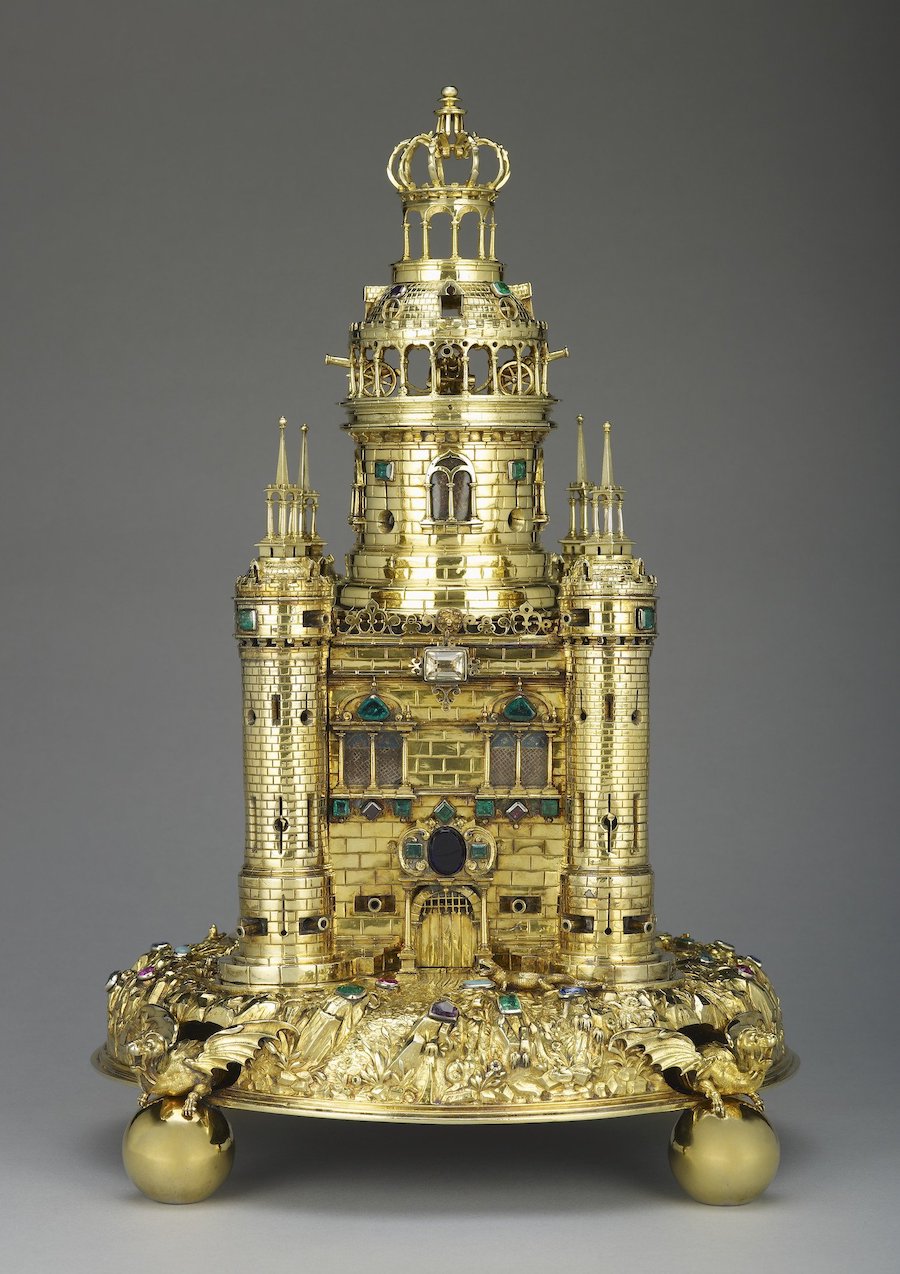
We’ve said it before, and we’ll say it again: there is no better entertainment than watching the rich out-rich each other. Especially when all the standard bling has been bought, and folks start getting really creative – like, salt-shaker-bedazzling creative, which was the class act move for ye olde aristocrats in need of a stand out housewarming (or coronation) present. What do you get the Lord or Lady who has everything? Why, a gilded salt cellar shaped like a ship – or a whole damn castle, dragons included – which was certainly the case with the above beauty, called “the Exeter Salt”. She deserves a hard zoom:
The Exeter Salt was made in 1630 for Charles II as a coronation gift from former Parliamentarian stronghold of Exeter, “possibly as a gift of appeasement” according to the Royal Collection Trust, and as a clever way to wrap up a powerful message: pay attention to Exeter. In fact, make sure your dinner guests pay attention to Exeter by giving them condiments from a drawbridge. These were vanity items, but they were also political gestures. Today, they’re a reminder of how radical the spice trade was during the 15th and the 16th centuries, or “Age of Discovery.” The Arab and African traders who dominated the route even stirred up mystery around a spice’s origins, weaving elaborate tales about seasonings being guarded by winged animals and growing in shallow lakes. Spices were elusive, even sexy – and salt was king.
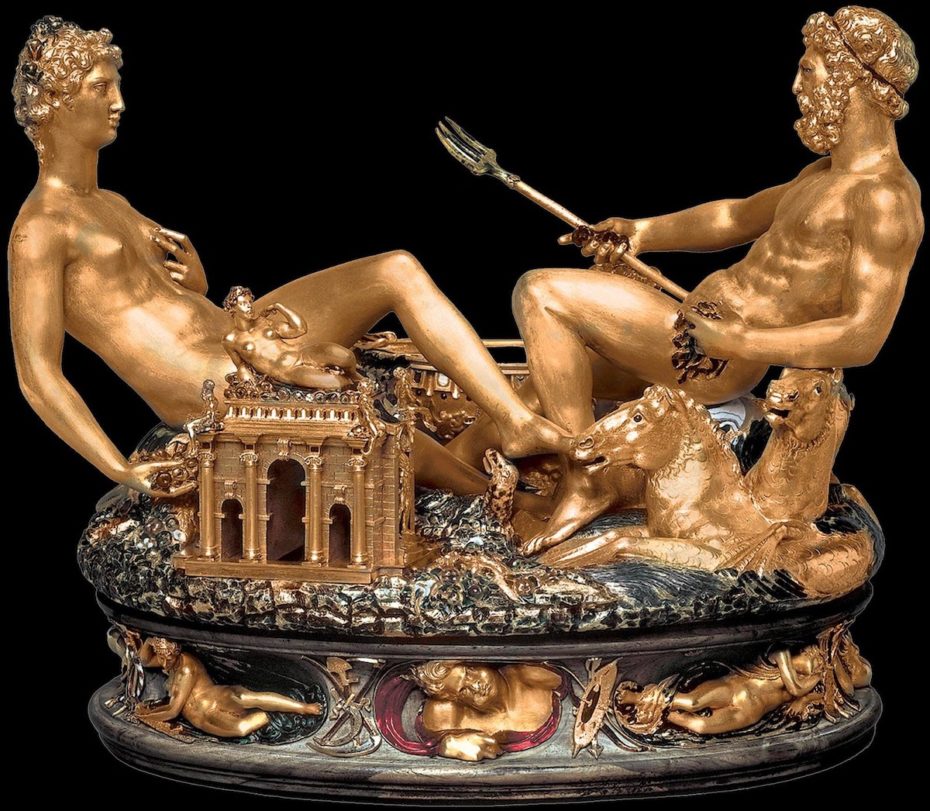
A salt cellar (also called a salt dish, salt-box and a salt pig) and have been documented as early as classical Rome, but culinary enthusiasts and collectors still swear by them. There’s even an episode of the TV show “Frasier” that features an itsy bitsy salt cellar as the latest ridiculous object of the snobby characters’ obsession:

“This [one] is both an extraordinary example of skilled workmanship and epitomizes a singularly important convergence of cultures,” explains the Metropolitan Museum of Art about one of its ivory carved salt cellars from West Africa:
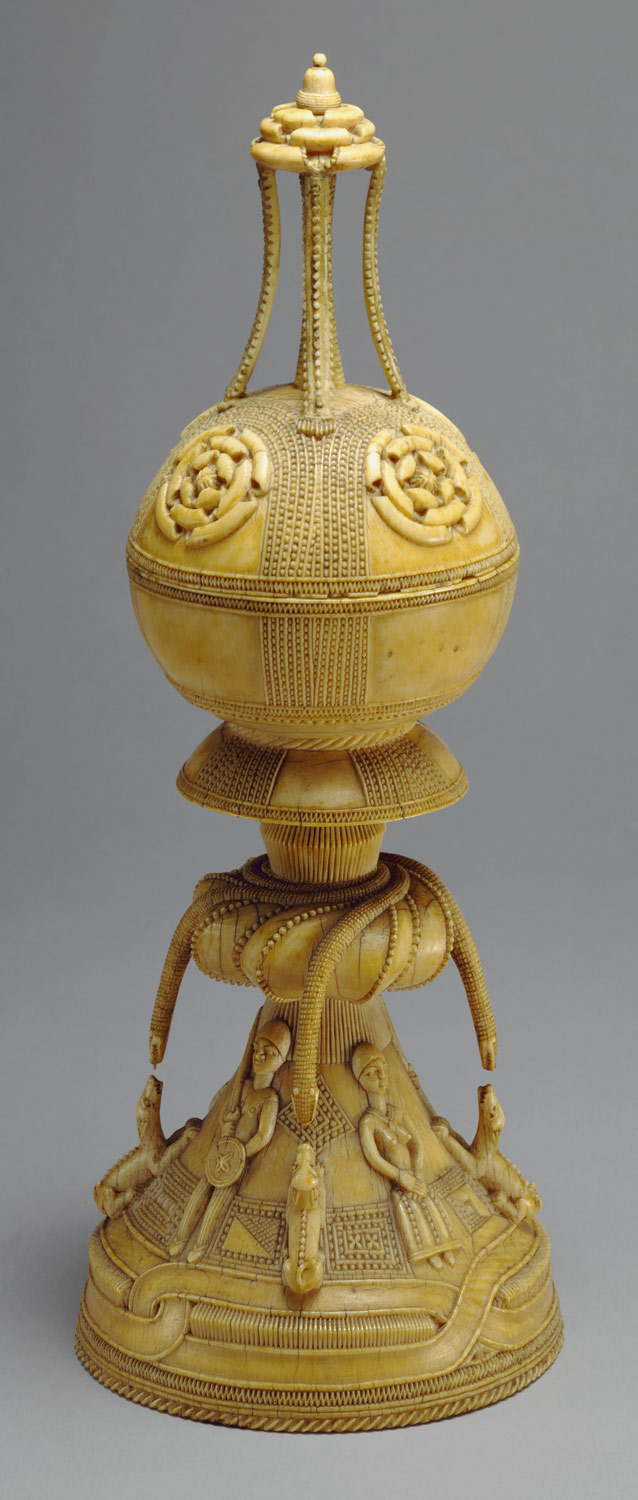
Or this one made by a Benin sculptor:

They were also made of crystal…
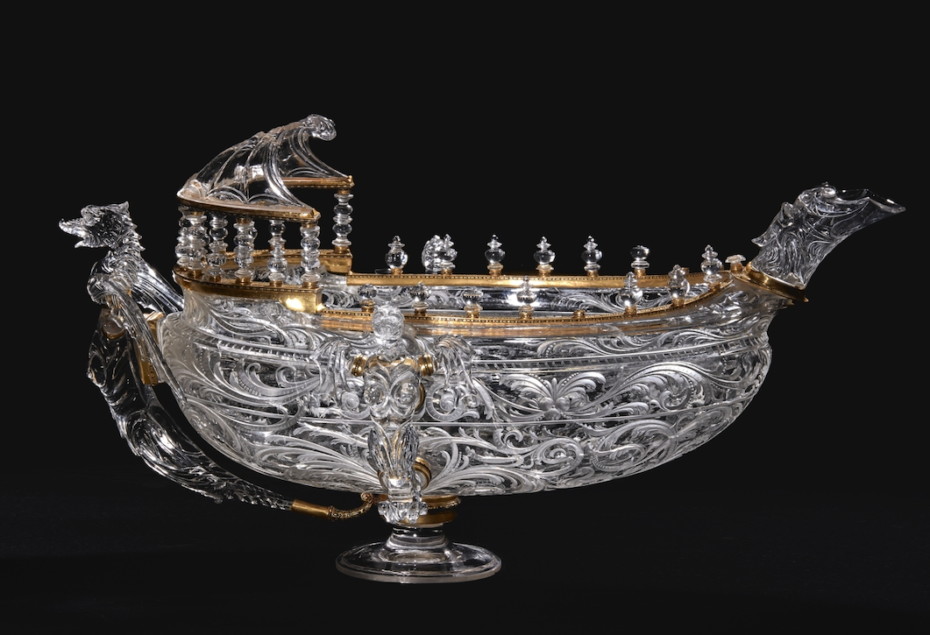
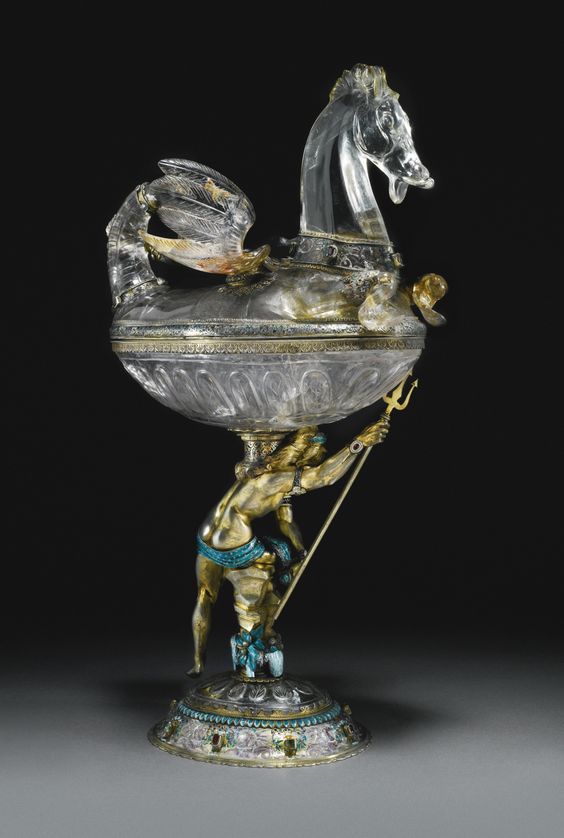
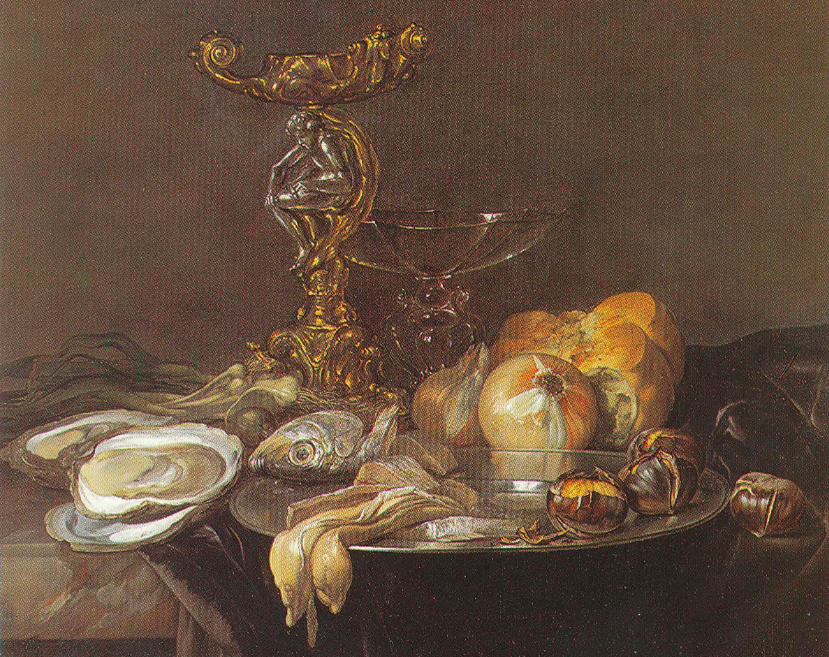
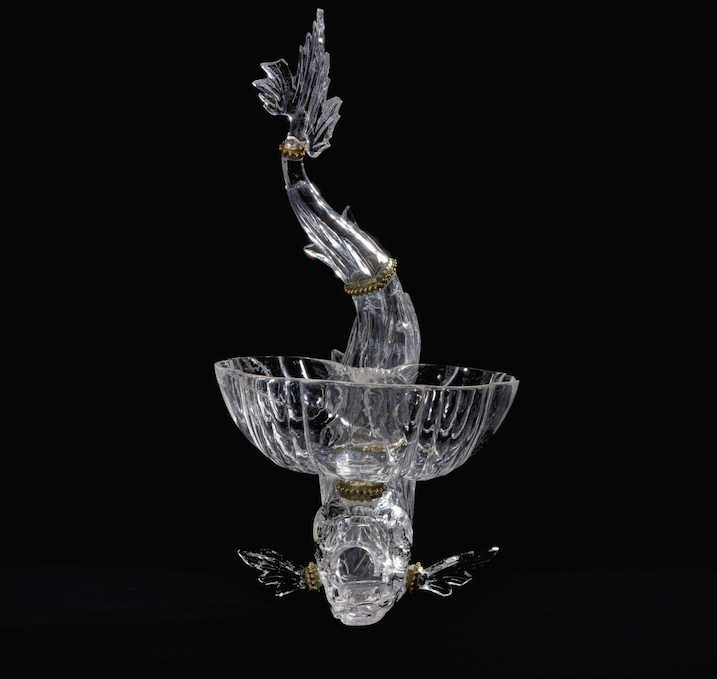
Special shout out to the case for the above “fish”:
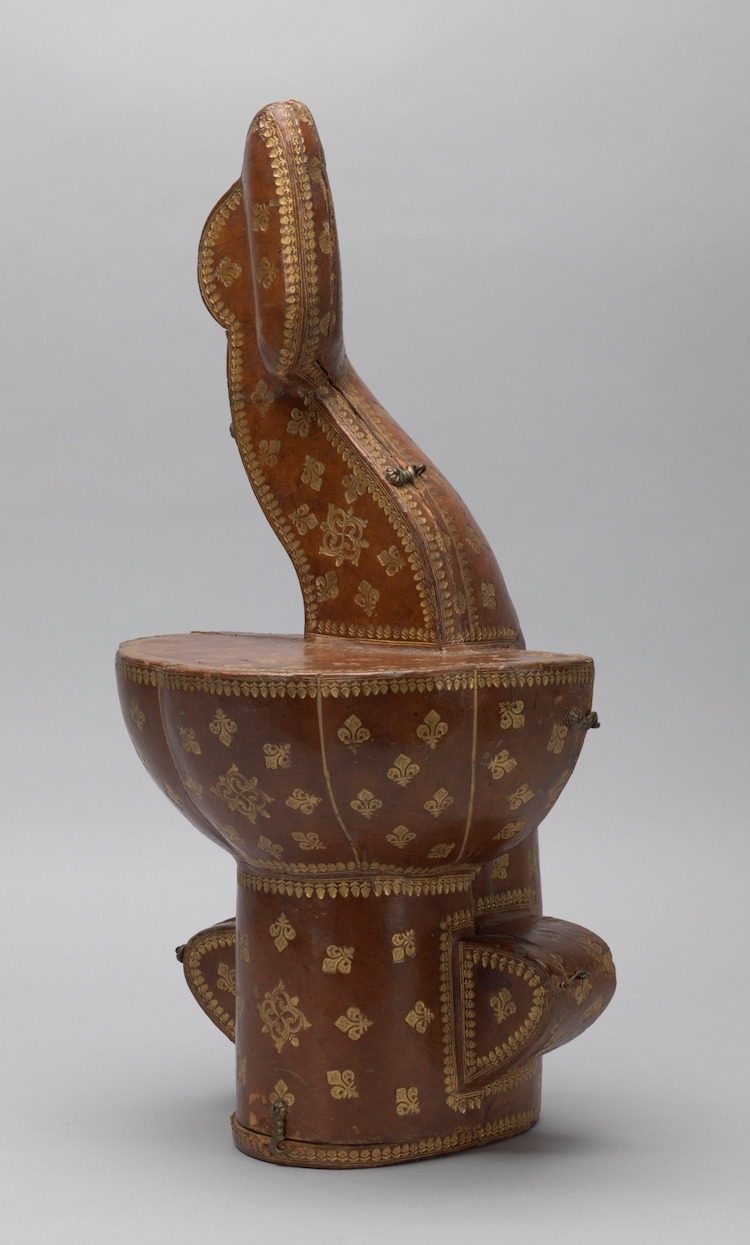
Above all, they really liked their salt cellars to be shaped like ships (known as “nefs” in France), or else adorned with shells, and other nautical motifs. Not only were they precious materials, but evocative of the Age of Exploration’s taste for adventure…
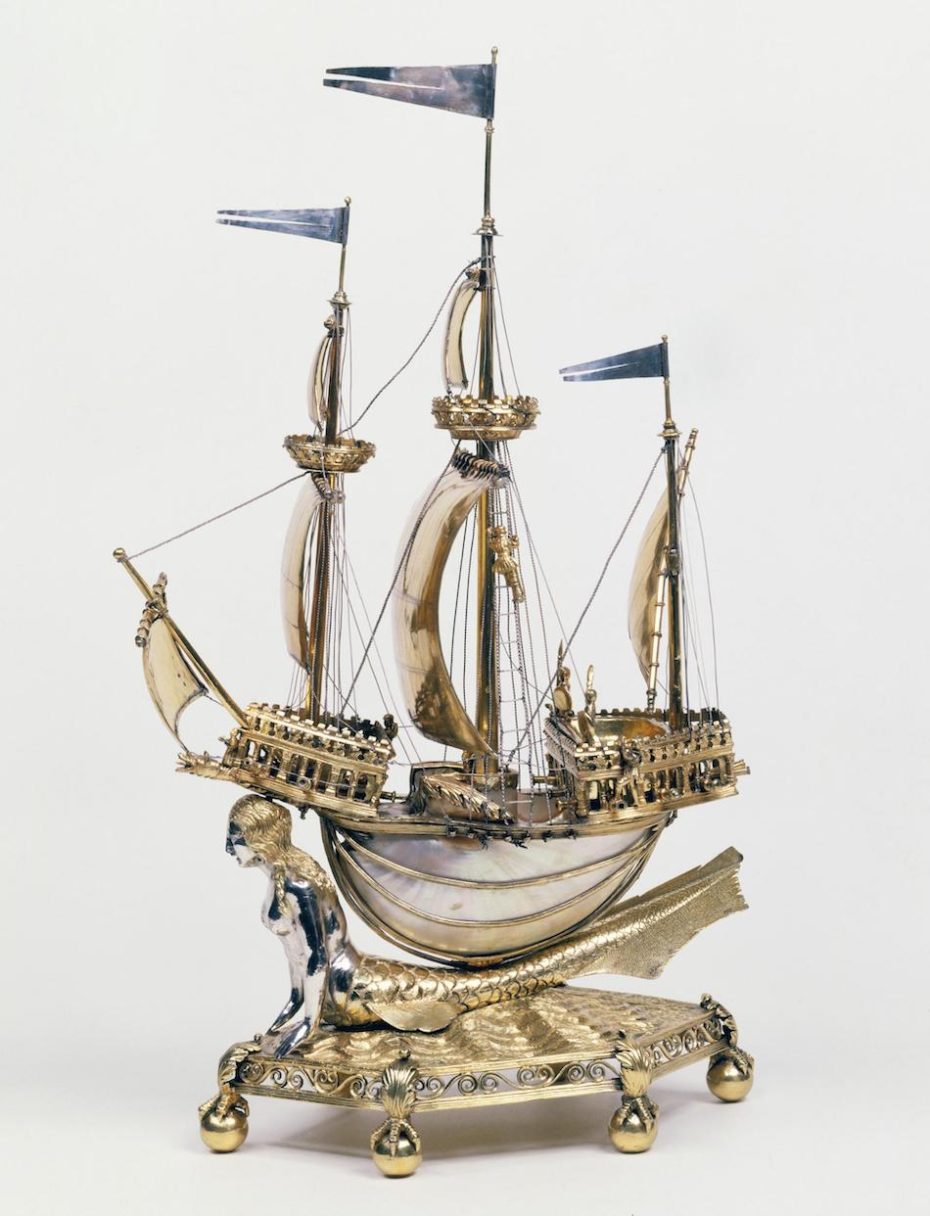
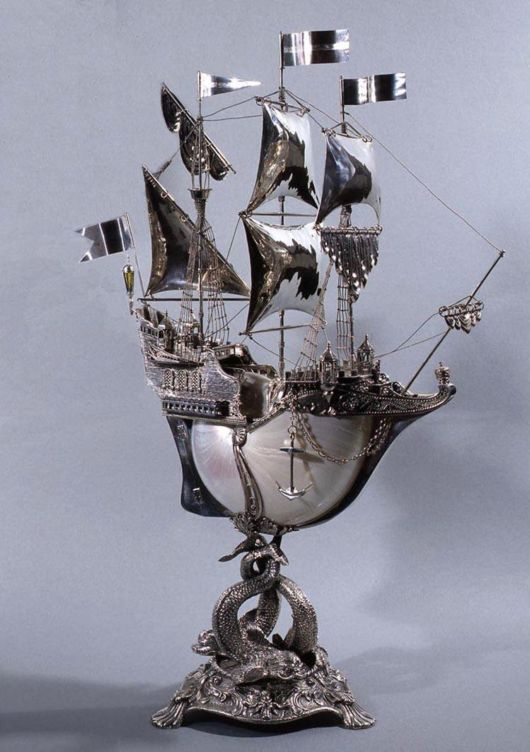
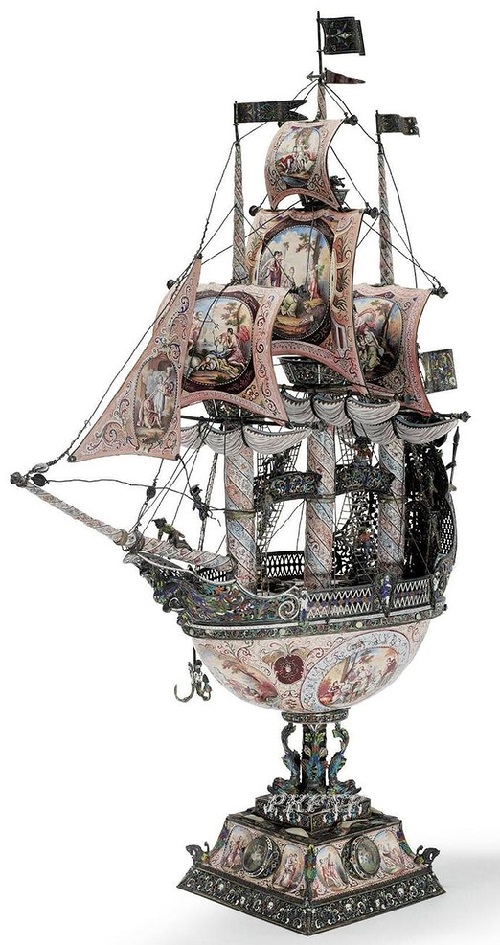
These babies were made for those with Liberace level taste buds. After all, you’re getting your salt from a teeny tiny gem castle, can you imagine what your closet must look like? (Spoiler: these elaborate cabinets that look like they lead to Narnia). But back to salt.

Check out the details on this silver-gilt, Viennese enamel salt ship…
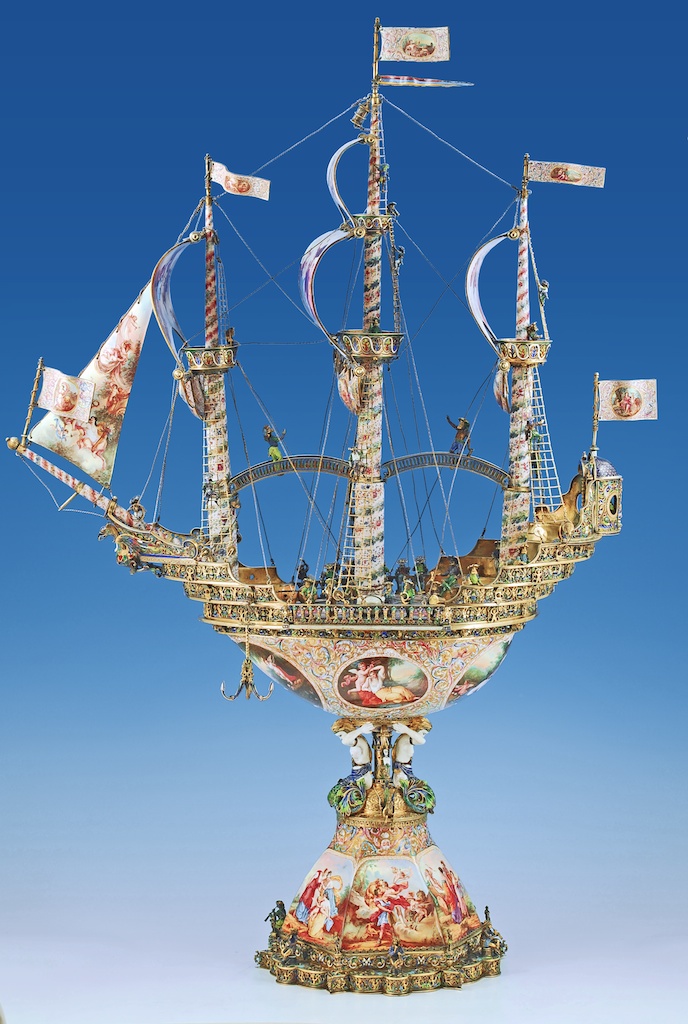
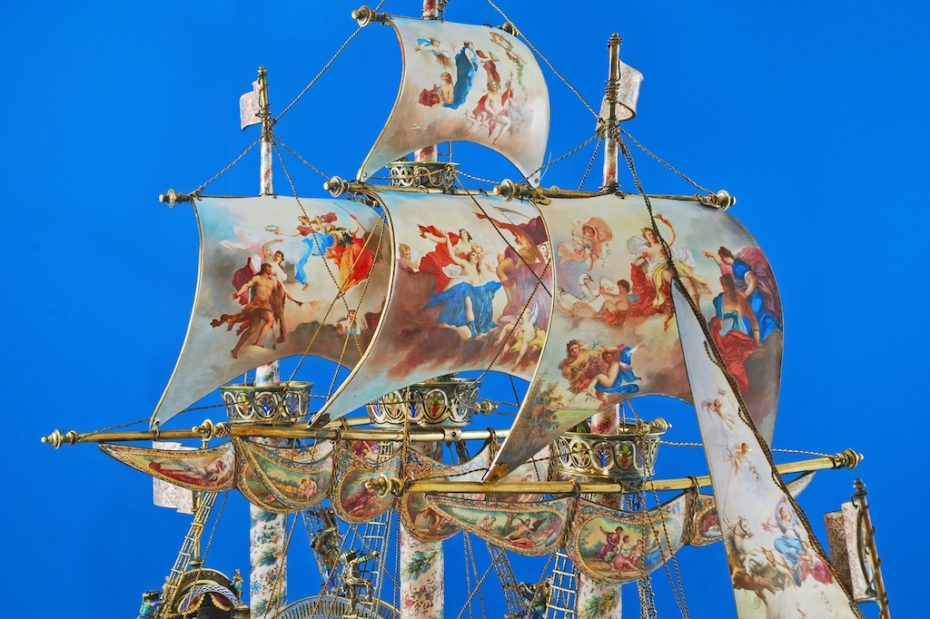


Complete with a colourful crew:

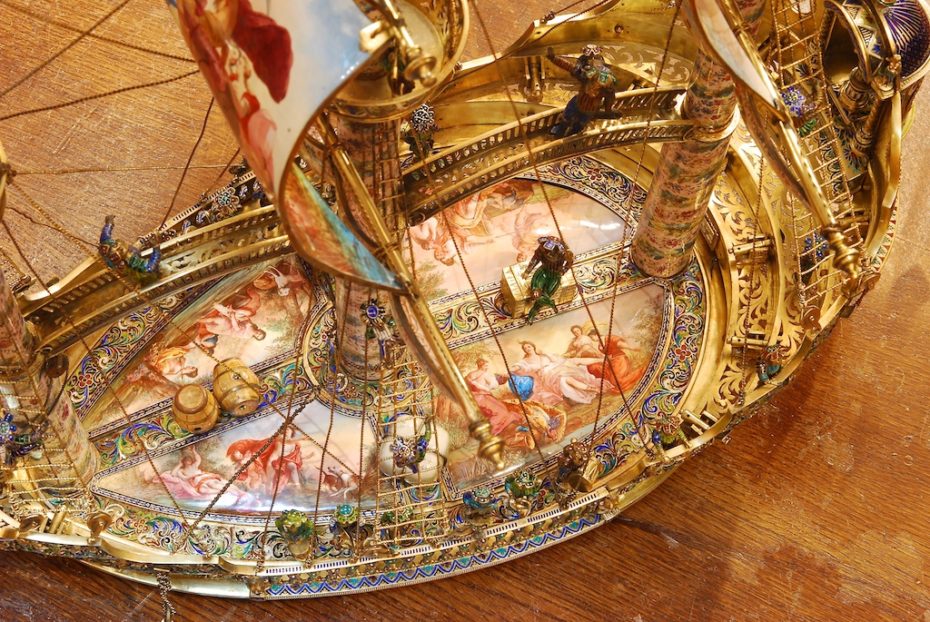
These salt cellars were just one part of the elaborate tablescape, along with other, equally ornate chalices and vessels – in fact, sometimes historians can’t even tell the chalices apart from the salt cellars, or the candy dishes apart from the bread baskets. And to be honest, they were probably multi-purpose:
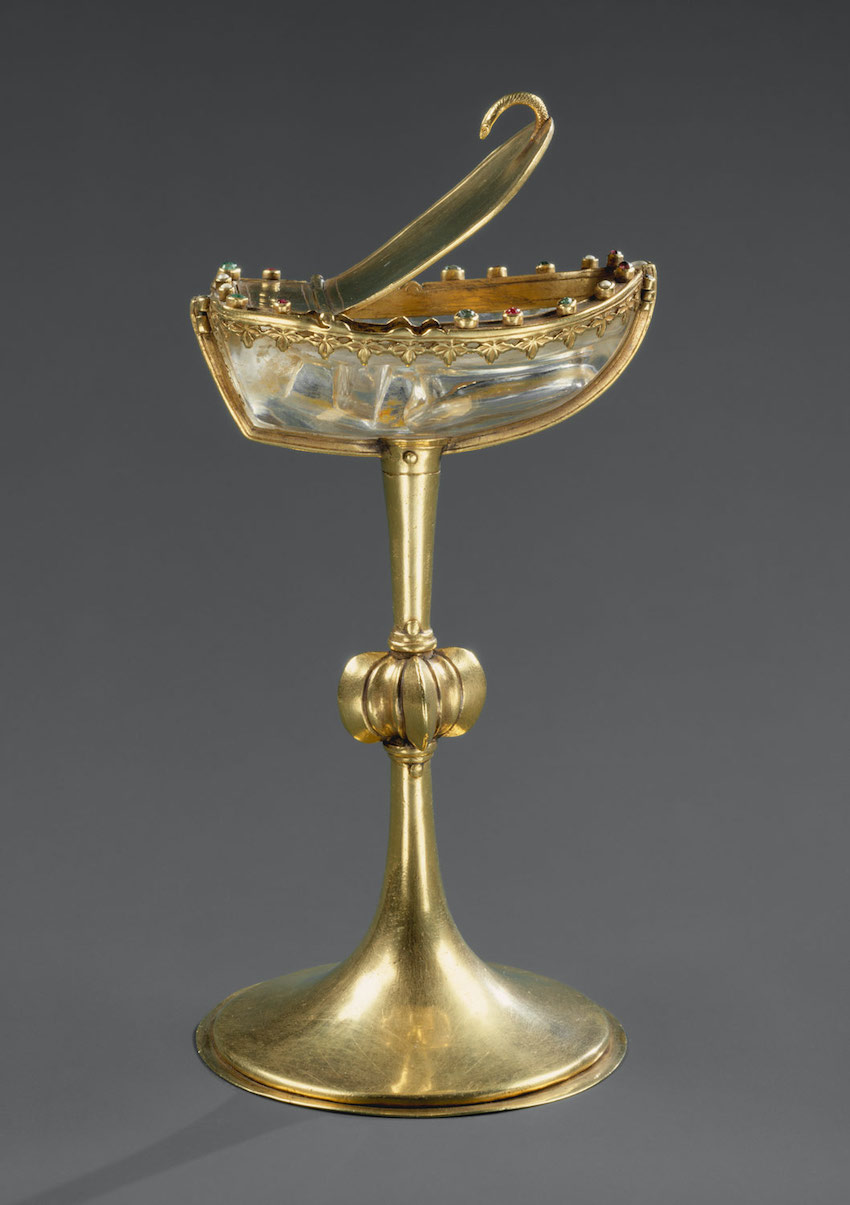
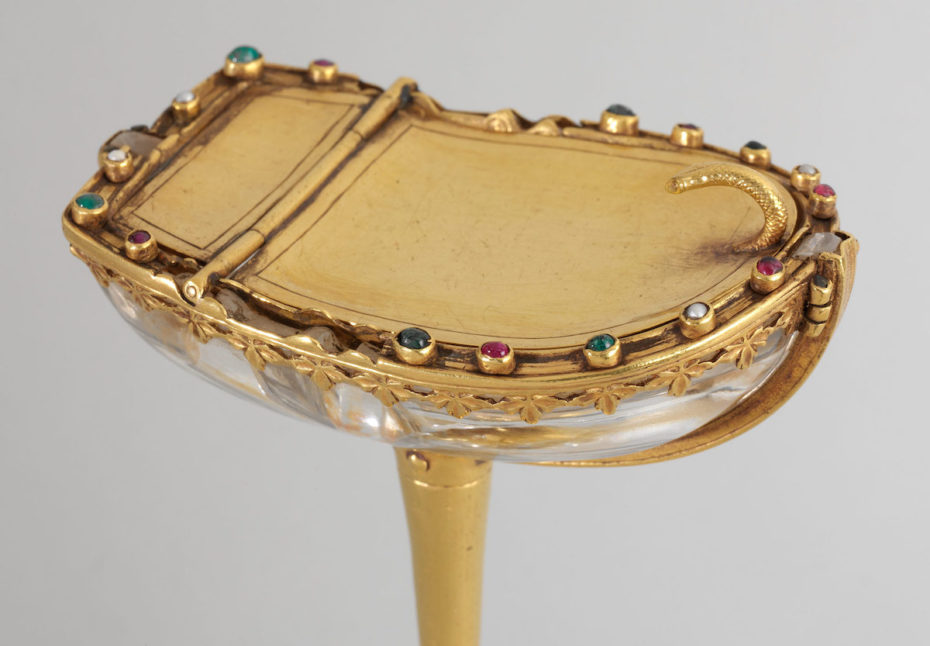
Goldsmiths would’ve been making more price accessible salt cellars, as it was in their standard know-how. But your average, earth tilling serf certainly wouldn’t have a nef.
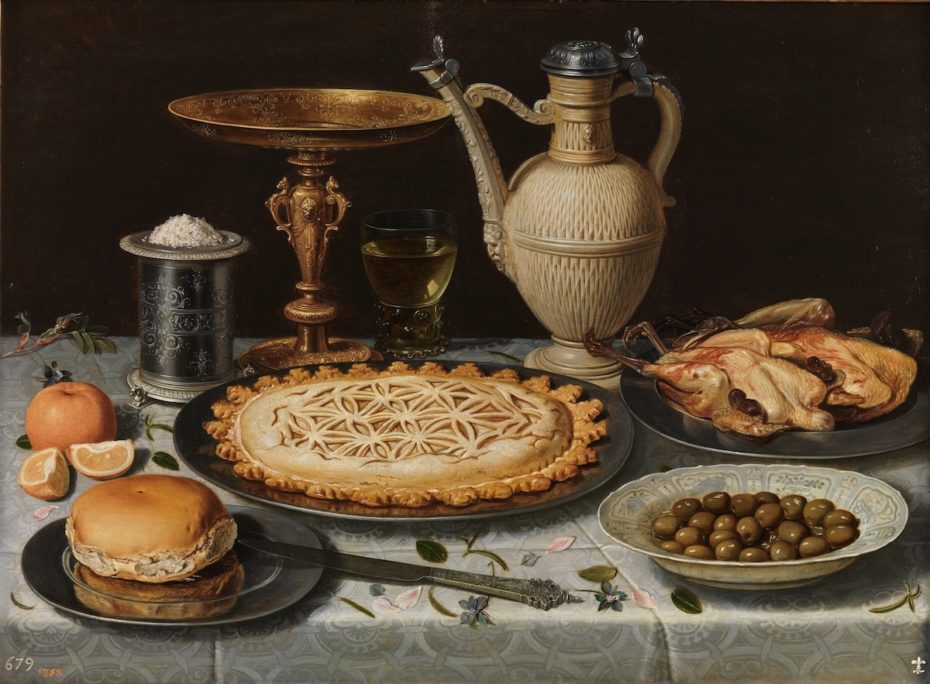
Ca. 1611. Oil on panel. ©Museo Nacional del Prado
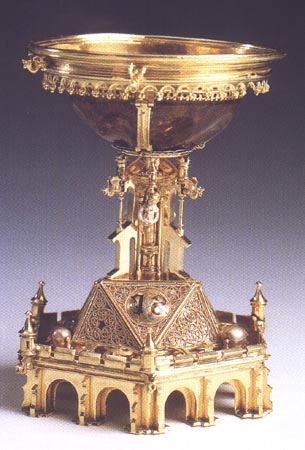
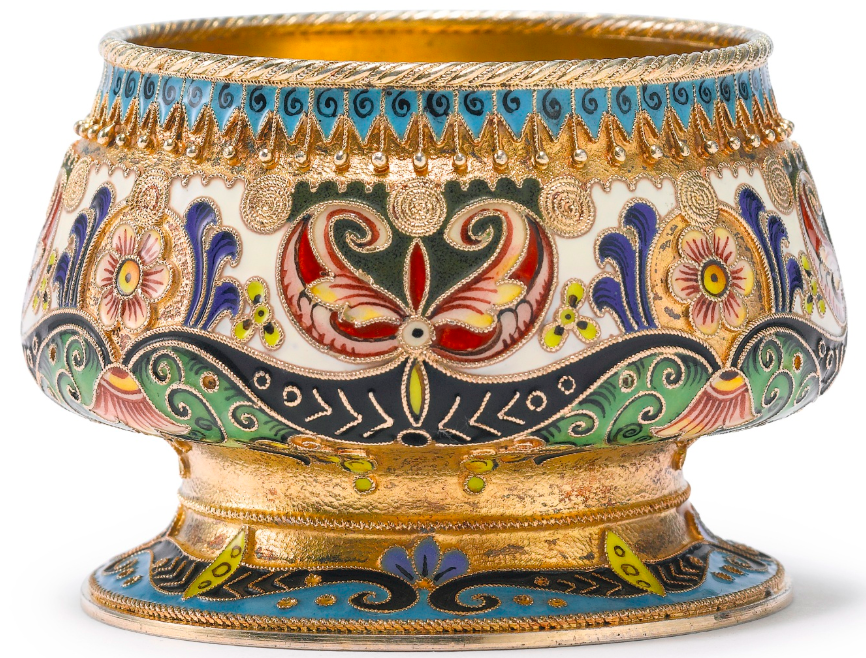
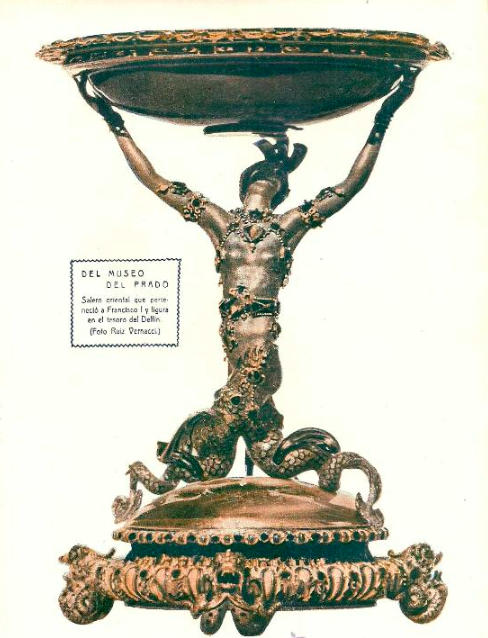
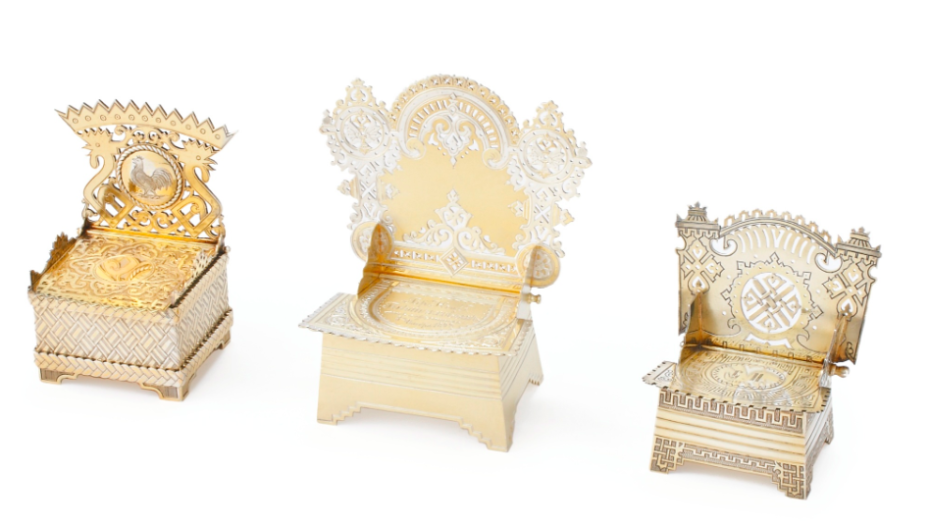
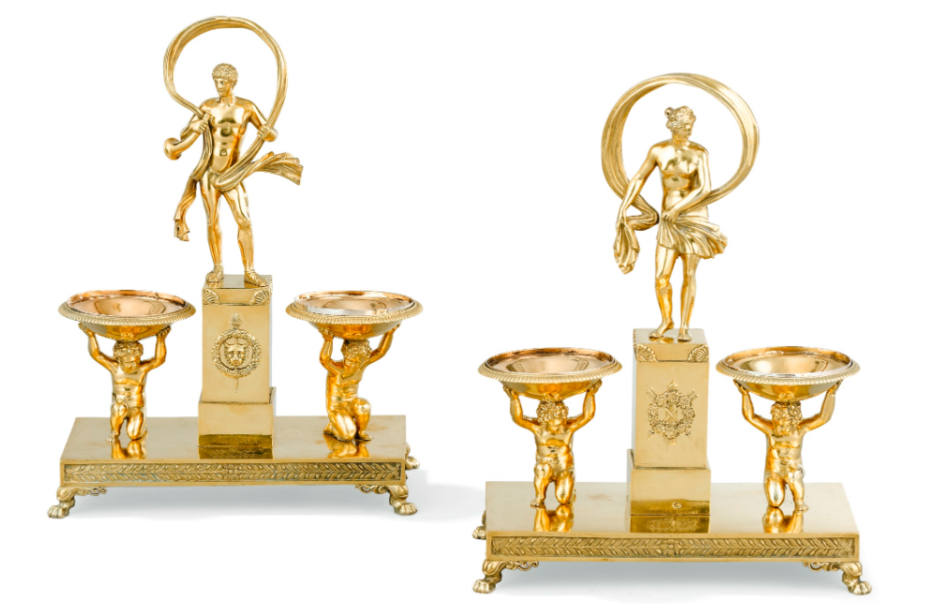
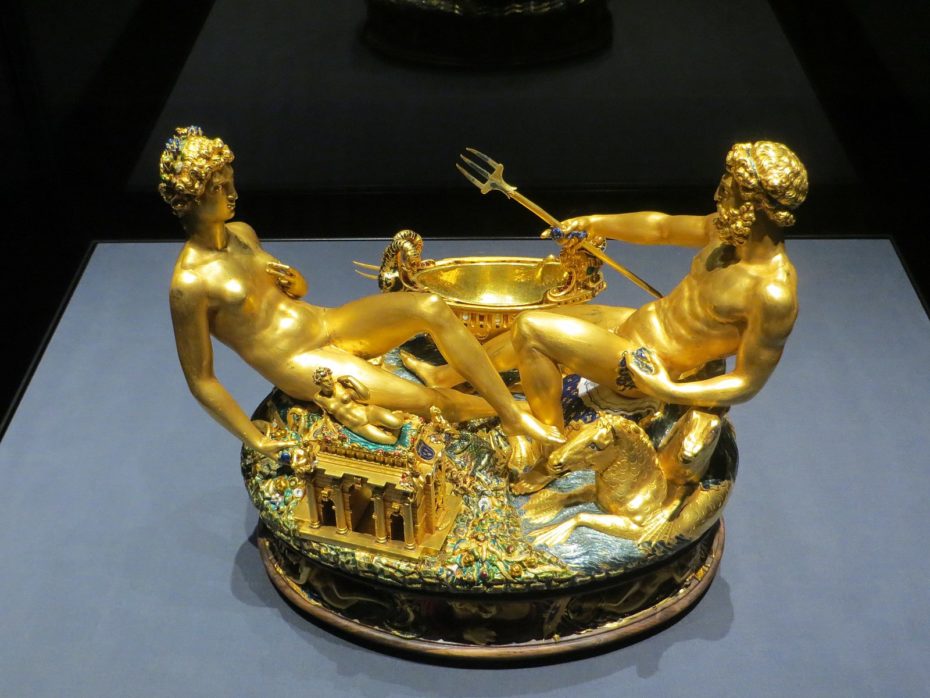
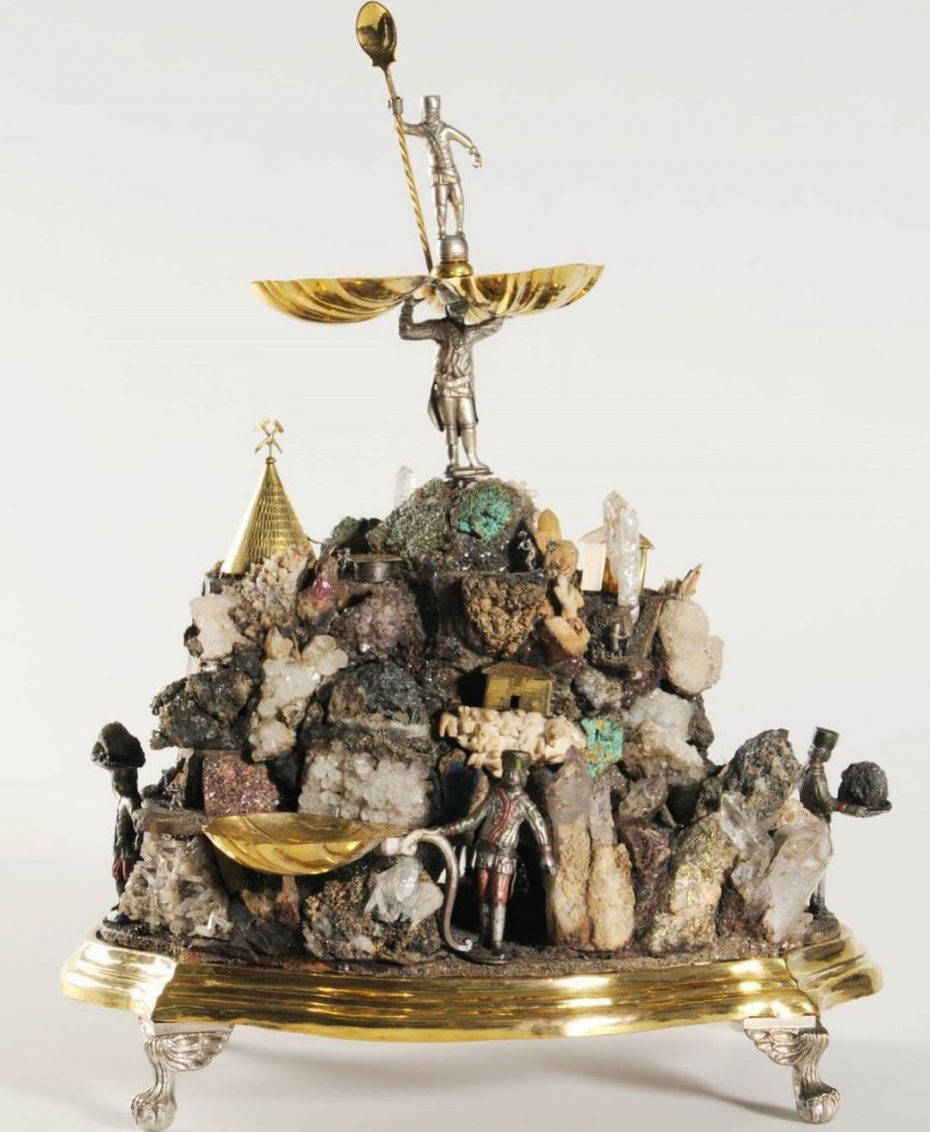
In truth, a salt cellar should be at the top of your kitchen gadget list. It’s how professional chefs do it and how the pinch of salt came to be. The most used ingredient in the kitchen needed a more practical and accessible place. The control of grabbing salt rather than shaking it saves a lot of time…and a lot of salt. So go ahead, seek out a salt cellar for yourself. See, you’re already a better cook.















